The two photographs arrived in Belgium inside a used hardback1 in spring 2016, though it is unclear how long before that time they were actually taken.2
Photograph #1 measures 151 x 100 mm and shows two young people who appear to be mountain climbing and captured while clearing a ridge. Behind the two subjects a bluish mountainous landscape is vaguely visible, suggesting a vantage point of some considerable elevation. The person on the left is wearing a white T-shirt and a bracelet, and has several earrings. The person on the right is carrying a backpack. What appears to be a black tank-top may in fact also be the straps of the pack. On their head they wear what appears to be a grey T-shirt or other garment, presumably to protect the subject from the sun; this person also has earrings and is wearing a necklace and sunglasses. The weather appears nice, both subjects are smiling and appear relaxed. The effort may well have been staged.
Photograph #2 measures (approximately) 43 x 62 mm with the left, bottom and right sides appearing to be cut, rather unevenly, with scissors. It has the typical appearance of an American high school yearbook photo and shows a young person wearing a shiny black blouse and a necklace. They have blue eyes and below-shoulder length auburn hair. The red lips appear painted. On the back of this photograph is written in a clearly legible hand:
Clay, I can’t
wait until next
year when we’re
in grade 12!3
Have a great
Summer and
call me [XXX XXXX]4
by the way, I haven’t
forgot about how big UR
The only assumptions to be made somewhat safely from these two items are that (a) the book has once belonged to ‘Clay’, and, (b) a relationship of a close, friendly, perhaps even intimate, nature has at one time existed between ‘Clay’ and the person in the second photograph (assuming also that (c) the note on the back of the second photograph was indeed written by the person in that photograph). The circumstances surrounding, and/or motivations (‘Clay’’s or any third parties’) behind the book’s ending up in a used-book shop5 must necessarily remain a matter of speculation. There are no reasons to assume that the book was gifted to ‘Clay’ by the note-writer (or by anyone else) as no dedication appears in it.6 It must also remain inconclusive whether there are either two or three different persons appearing across the two photographs, and whether any of these is in fact ‘Clay’.
Indeed, the number of questions raised by these items far exceeds the number of answers they provide. Even leaving aside the nature of the writings in the book, one cannot help but speculate as to:
— how much, if any, of the book ‘Clay’ ever read;7,8
— what happened to the CD originally included with the book;9
— why the unrelated inserted materials were not removed from the book before sale (as opposed to the CD);
— whether ‘Clay’ did in fact ring up the writer of the note over that summer;10 indeed whether the two ever did meet again, remain close during their ‘senior’ year, perhaps even stay in contact after graduating;
— the meaning of the rather cryptic final line of the note.
Notes
1
The book is a first edition, first printing hardback copy of Word Virus: the William S. Burroughs reader, edited by James Grauerholz and Ira Silverberg, with an introduction by Ann Douglas, published by Grove Press (New York) in 1998 (160mm x 235mm, 532pp.). On the used book aggregator webstore, the book was graded ‘Very Good’ (or, VG),* which proved a realistic assessment as it appeared (in fact, still does) largely unread with a dust jacket in equally good condition and no markings inside whatsoever. In fact, the book’s condition might well have warranted a ‘Fine’ (F) grading were it not for the only notable (yet not noted) defect, which was that the ‘Spoken Word CD’ that was originally included — as indicated by a 32mm diameter round sticker in the top right corner of the front of the dust jacket, and the glued-in envelope in the back of the book — was no longer present. This defect may well have accounted for the apparent disparity between the state and grading of the book and the low price of $4.53 (shipping not included) it was sold at, although the fact remains that this incomplete state ought to have been mentioned in the listing. Since the time of purchase, however, markings were added to the book, presumably with an additional adverse effect on its market value: appearing on the half-title page, they are in dark green crayon and of an abstract nature and were made by the current owner’s infant son.
* According to the terminology of the grading scale proposed in 1949 by AB Bookman’s Weekly and still widely, if not universally, in use in the online used book market today, albeit with some additions or modifications by individual platforms. See Wikipedia for a brief overview.
2
Elements of style and physical nature of the artifacts may be taken to indicate an origin roughly contemporaneous with the book.
3
‘[In the United States of America, the] twelfth grade is the twelfth school year after kindergarten. It is also the last year of compulsory secondary education, or high school. Students are often 17–19 years old. Twelfth graders are referred to as Seniors.’ (Wikipedia)
4
A 7-digit phone number, without country or area code, redacted here.
5
Located in the state of Nevada, no further identification of the particular shop was provided on the aggregator webstore, and it must be noted that the book was subsequently shipped from ‘Auburn’, presumably Auburn, CA.
6
Indeed in accordance with its ‘Very Good’ grading, which is generally understood to explicitly list any defects such as markings (including dedications) but also any missing materials.
7
Quality hardbacks being notably easier to read without damaging the book.
8
Speculations on this, and any potential subsequent extrapolations are, fortunately perhaps, further inhibited by the fact that the book presents a rather generous cross-section of writings spanning the entirety of William S. Burroughs’ famously prolific career. The inclusions span the period between 1929 and 1994. Although undertakings of this kind will inevitably meet with criticism, the consensus indeed seems to be that the editors have done an excellent job in selecting and presenting the material. Was ‘Clay’ mainly drawn by the hard-boiled straightforward prose style of the early novels; the highly experimental and provocative writings of the ‘middle period’ (traditionally labeled as rather ‘hermetic’ and ‘cold’, though they are quite often not without a haunting, perhaps even ‘poetic’ quality); or the later, one might say ‘integrated’ style which saw the earlier experiments wedded to a certain ‘return to narrative’ and, in old age, traces of a much more ‘humane’ author than ever before (if a point of critique may yet be formulated, one might indeed say that the writings from this later period (roughly 1978–1997) are somewhat favoured (quantitatively) in the Word Virus volume; as these have a (still: relatively) greater ‘readability’ than much of the older material that may indicate a decision of a commercial nature, yet there is also the fact that these texts were written in collaboration with one of the editors of Word Virus)?
9
Being in fact a promo sampler for the 4CD Giorno Poetry Systems compilation of William S. Burroughs material also released (by Mouth Almighty Records and Mercury Records) in 1998. See Discogs.
10
Nevada has three area codes (702, 725, and 775), yet quick Google searches of the 7-digit number combined with any one of those yield no easy identification. Considering the overall scarcity of information, however, it seems clear that anyone seeking to reconstruct the biographies of ‘Clay’ and/or the note-writer should take up this line of investigation.
•
David Depestel hesitates in trying to make something of himself; a character, a profession, a fixed mode of being, are for him concepts that already shadow forth the outlines of the skeleton, which is all that will be left of him in the end.




 ,
,
 ,
,
 ,
,
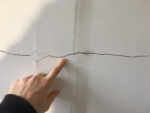 ,
,
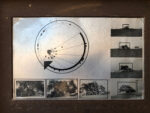 ,
,
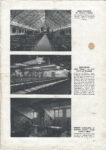 ,
,
 ,
,
 ,
,
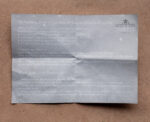 ,
,
 ,
,
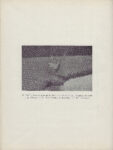 ,
,
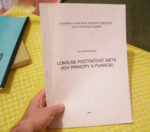 ,
,
 ,
,
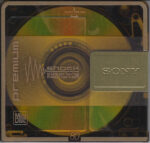 ,
,
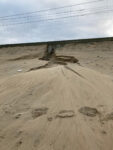 ,
,
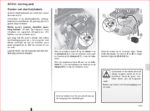 ,
,
 ,
,
 ,
,
 ,
,
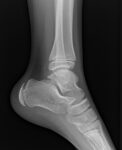 ,
,
 ,
,
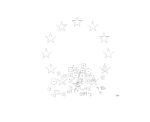 ,
,
 ,
,
 ,
,
 ,
,
 ,
,
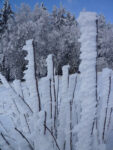 ,
,
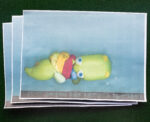 ,
,
 ,
,
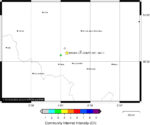 ,
,
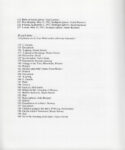 ,
,
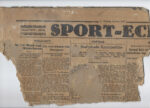 ,
,
 ,
,
 ,
,
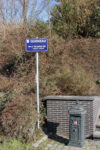 ,
,
 ,
,
 ,
,
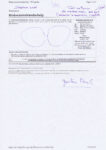 ,
,
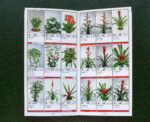 ,
,
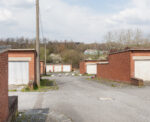 ,
,
 ,
,
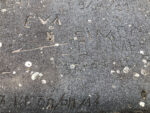 ,
,
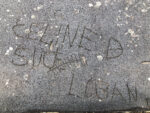 ,
,
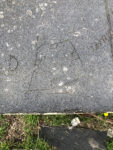 ,
,
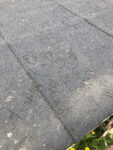 ,
,
 ,
,
 ,
,
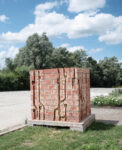 ,
,
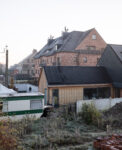 ,
,
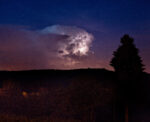 ,
,
 ,
,
 ,
,
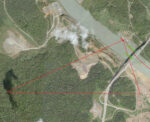 ,
,
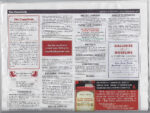 ,
,
 ,
,
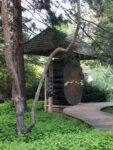 ,
,
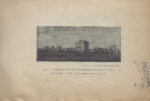 ,
,
 ,
,
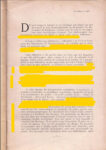 ,
,
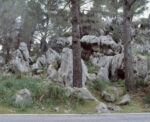 ,
,
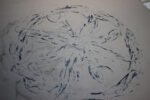 ,
,
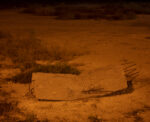 ,
,
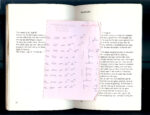 ,
,
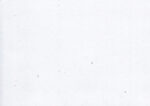 ,
,
 ,
,
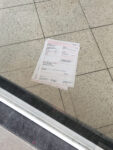 ,
,
 ,
,
 ,
,
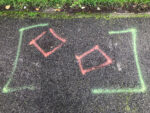 ,
,
 ,
,
 ,
,
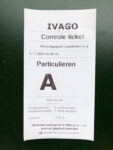 ,
,
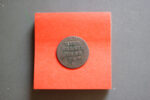 ,
,
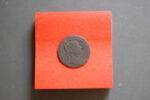 ,
,
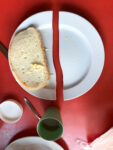 ,
,
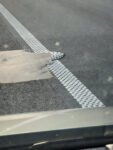 ,
,
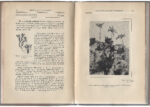 ,
,
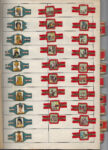 ,
,
 ,
,
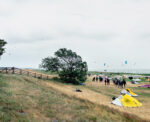 ,
,
 ,
,
 ,
,
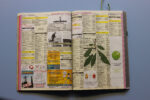 ,
,
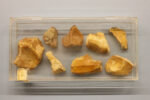 ,
,
 ,
,
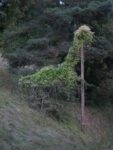 ,
,
 ,
,
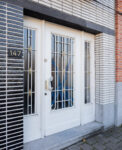 ,
,
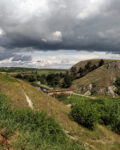 ,
,
 ,
,
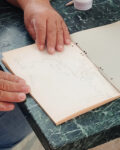 ,
,
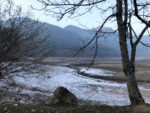 ,
,
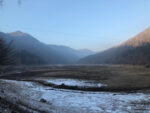 ,
,
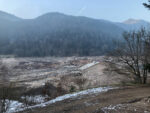 ,
,
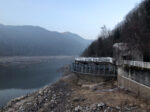 ,
,
 ,
,
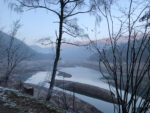 ,
,
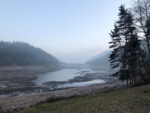 ,
,
 ,
,
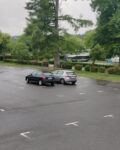 ,
,
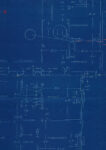 ,
,
 ,
,
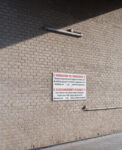 ,
,
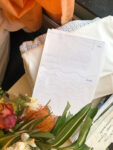 ,
,
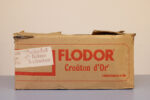 ,
,
 ,
,
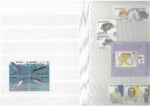 ,
,
 ,
,
 ,
,
 ,
,
 ,
,
 ,
,
 ,
,
 ,
,
 ,
,
 ,
,
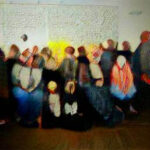 ,
,
 ,
,
 ,
,
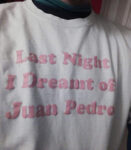 ,
,
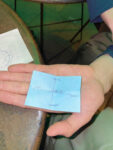 ,
,
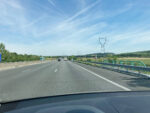 ,
,
 ,
,
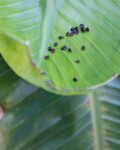 ,
,
 ,
,
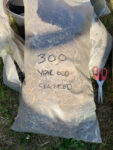 ,
,
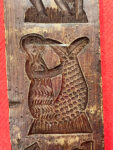 ,
,
 ,
,
 ,
,
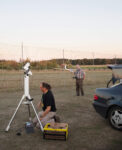 ,
,
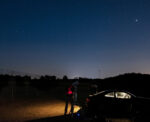 ,
,
 ,
,
 ,
,
 ,
,
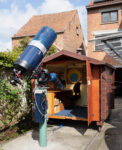 ,
,
 ,
,
 ,
,
 ,
,
 ,
,
 ,
,
 ,
,
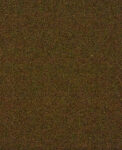 ,
,
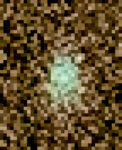 ,
,
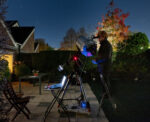 ,
,
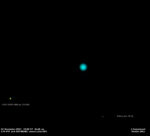 ,
,
 ,
,
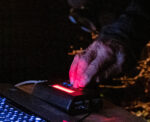 ,
,
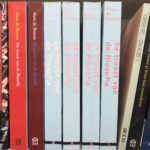 ,
,
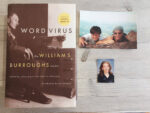 ,
,
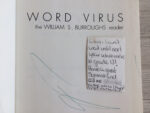 ,
,
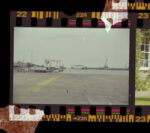 ,
,
 ,
,
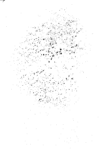 ,
,
 ,
,
 ,
,
 ,
,
 ,
,
 ,
,
 ,
,
 ,
,
 ,
,
 ,
,
 ,
,
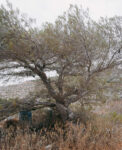 ,
,
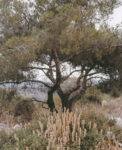 ,
,
 ,
,
 ,
,
 ,
,
 ,
,
 ,
,
 ,
,
 ,
,
 ,
,
 ,
,
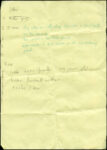 ,
,
 ,
,
 ,
,
 ,
,
 ,
,
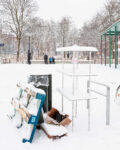 ,
,
 ,
,
 ,
,
 ,
,
 ,
,
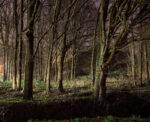 ,
,
 ,
,
 ,
,
 ,
,
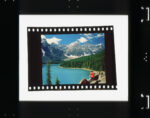 ,
,
 ,
,
 ,
,
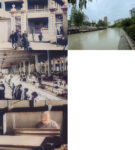 ,
,
 ,
,
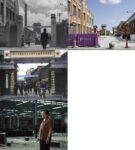 ,
,
 ,
,
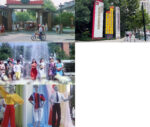 ,
,
 ,
,
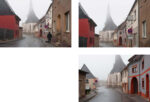 ,
,
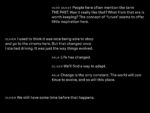 ,
,
 ,
,
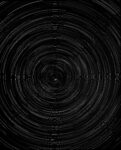 ,
,